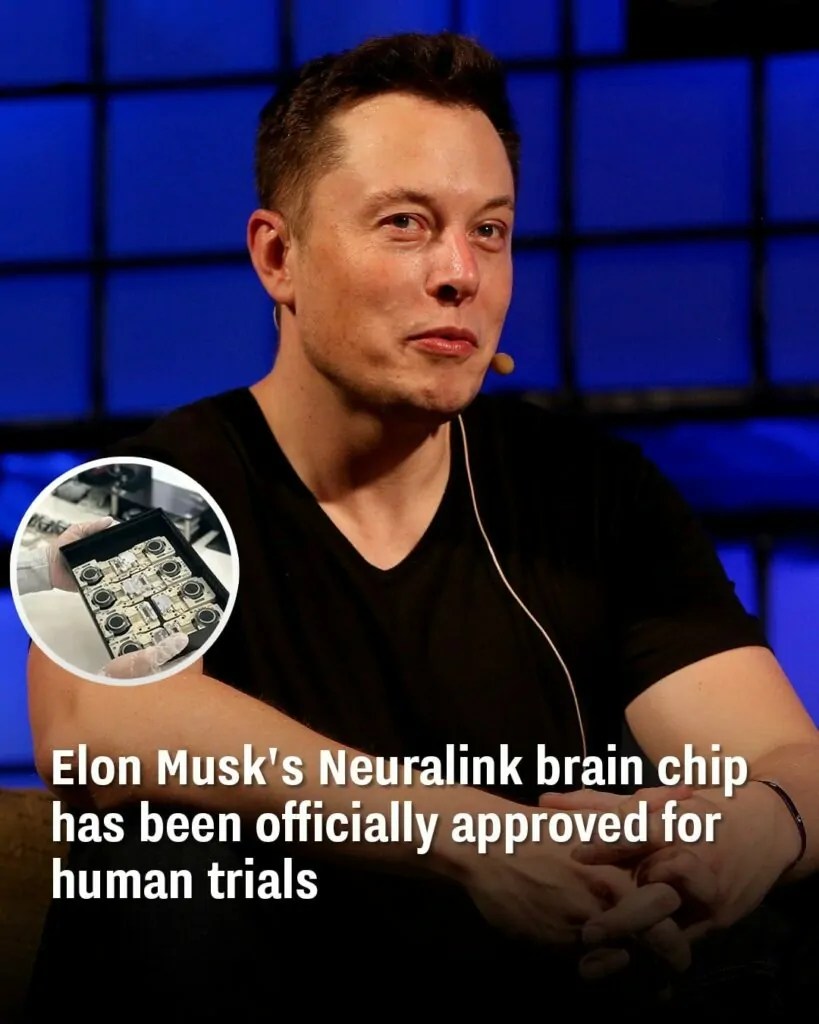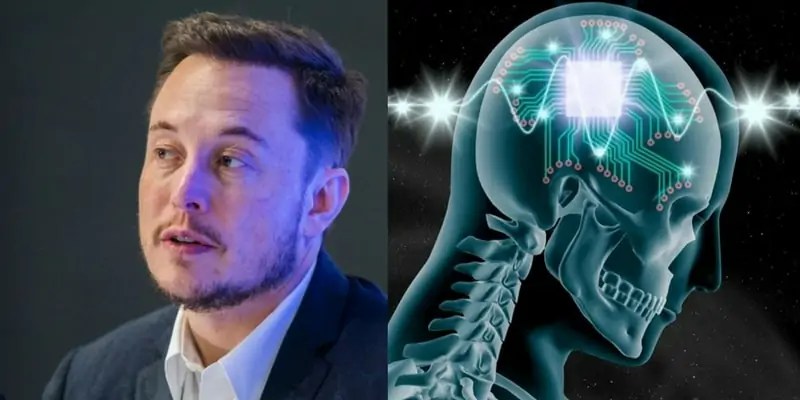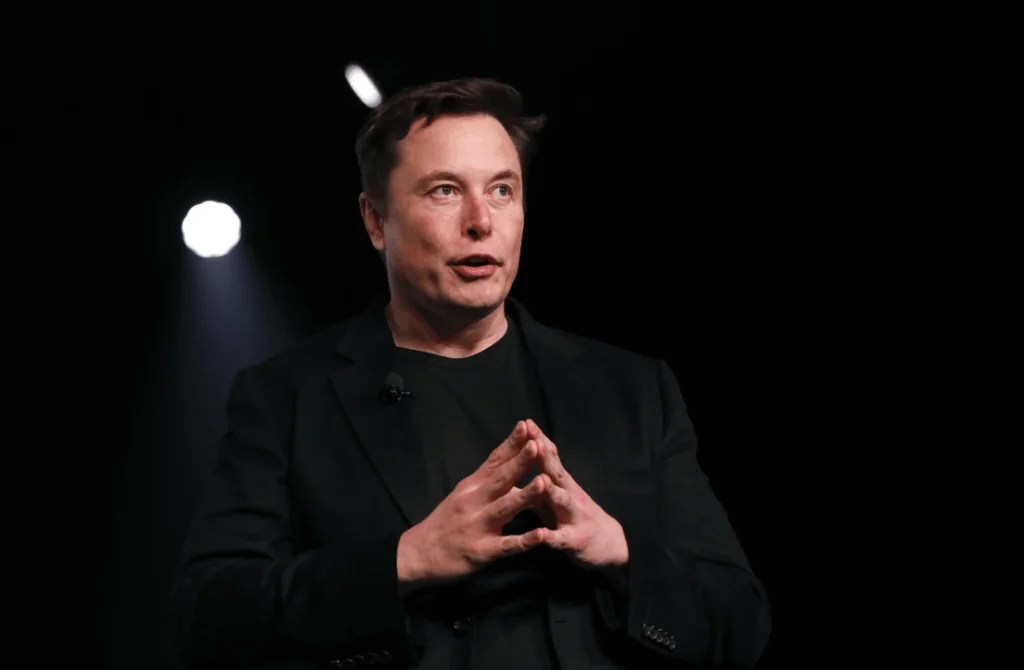At the end of August of last year, Elon Musk gave a live webcast update on Neuralink, the brain-computer interface company he founded back in 2016.
The futuristic blueprint for the future of humanity was offered by maverick technologist Musk, who is the CEO of both the cutting-edge electric vehicle manufacturer TeslaTSLA +3% and the space exploration company SpaceX.

In Elon Musk’s future world, super-humans who have undergone cybernetic enhancement would not only be able to fight the scourge of disease and infirmity but will also be able to transcend their physical form by fusing with machines and technology.
According to Elon Musk, the implantable device from Neuralink is “like a Fitbit in your skull.” The technology seeks to enable high throughput connection to external computers and, possibly, secondary “links” installed elsewhere in the body. It uses exceedingly thin threads carrying electrodes.
Without a doubt, Neuralink is also not a hoax. The business currently employs more than 100 people, and it aims to expand swiftly.
Musk has also contributed $100 million of his own funds to the endeavor. He also revealed that the US Food and Drug Administration has designated Neuralink as a Breakthrough Device in July of last year, which might hasten the approval procedure.
It’s possible that Musk’s frequent claim that Neuralink would initially try to “solve important brain and spine problems” drew the attention of those with disabilities.

In fact, during the presentation, Neuralink’s potential to treat a number of chronic and terminal illnesses—including blindness, spinal cord injuries, memory loss, brain damage, and even depression—was mentioned.
The company’s initial round of clinical trials will be primarily focused on patients with spinal cord injuries.
People with disabilities who are listening might find this to be an entertaining tale, or at the very least, something different from the dull medical jargon and statistical data seen in professional journals.
Musk’s multibillionaire status and public image as a trailblazing astronomer pushing the boundaries of science surely have an impact on this.
More intriguingly, it is undeniably clear that Musk’s objectives for Neuralink go much beyond only helping people with disabilities.
Elon Musk has frequently voiced his concerns to the public about the danger that artificial intelligence poses to people.
He claims that AI technology offers a greater threat to human life than nuclear weapons because he believes it will one day exceed humans and become uncontrollable.
Neuralink was essentially born out of Musk’s transhumanist desire to maintain control over highly intelligent devices and AI.
When speaking about the species as a whole, Musk said that “it’s critical to understand how we coexist with advanced AI, achieving some AI symbiosis, such that the future of the world is controlled by the combined will of the people of the earth.” That might be the most notable result of a technology like this.
Despite the future rise of cyborgs, there are more recent business opportunities that can be exploited.

Who wouldn’t want to be able to stream music into their head or engage in mind-only virtual and immersive gaming, in the end?
The technology is incredibly fascinating to those with physical limitations since it interacts with more overarching corporate or even existential goals.
Parkinson’s disease, motor neuron disease, and multiple sclerosis are only a few examples of highly rare neurological illnesses.
Yes, they are all brain-related, but they each have unique underlying causes and mechanisms of action. Therefore, research for these diseases is highly specialized and advances slowly within academic silos in order to compete for few resources.
Any new technology overnight becomes a highly enticing possibility, especially if it is supported by money and larger, mass-market aims.
The view of the scientific community
It should be recalled at this point that brain-machine interface (BMI) research started in the 1970s. Patients moving a computer cursor while wearing external electrodes was used in early demonstrations. BMIs have more recently been employed by researchers to control the motion of wheelchairs, model cars, and robotic arms.
In terms of how it has been perceived, Neurolink has so far attracted a range of responses from the neuroscience community.
The company’s major innovation appears to be the usage of electrodes, which allows for hitherto unheard-of throughput and data volumes (10x greater than any other device).
According to University of Toronto neuroscience research fellow Graeme Moffat, Neuralink’s hardware is “order of magnitude leaps” ahead of any competitor in terms of size, portability, power consumption, and wireless capabilities.
Ralph Adolphs, the Bren Professor of Psychology, Neuroscience, and Biology at California Institute of Technology, described the Neuralink release as “tremendously exciting” and “a huge technical achievement.”
In addition, Neuralink has developed a surgical robot that allows for the insertion of tiny wires with a diameter no bigger than human hair. Long-term plans include doing the treatment as a day surgery with minimally invasive techniques, much like LASIK eye surgery is now done.
Some academics have criticized Neuralink’s theoretical underpinnings, particularly when it comes to simulating higher-level brain functions like memory storage or thought.
According to Loren Frank, a neuroscientist at UCSF and the Howard Hughes Medical Institute, the naive confusion of thoughts and memories with the electrical discharges that occur alongside them shows “a failure of knowledge of biology.”
This is hardly surprising as there is no well-established scientific theory of human consciousness.
Professor Andrew Jackson of neural interfaces at Newcastle University summarized Musk’s presentation and the current stage of Neuralink as “solid engineering but mediocre neuroscience.”
But there is still hope for people who are interested in Neuralink because of its promise in medicine.
Though it has numerous challenges, moderating motor actions is undoubtedly not a task as challenging as comprehending concepts and memories.
According to Steven Chase of Carnegie Mellon’s Neuroscience Institute, “The biggest thing these patients want is independence; this technology has the potential to offer them that.” those with disabilities will be primarily interested in the former.
Therefore, there is hope that a commonplace device for controlling brain electrical signals may truly represent a new therapeutic field and method for debilitating neurological illnesses, but the timing of this promise is less certain.
After all, this is the same Elon Musk who predicted that there would be one million fully autonomous cars on the road by the end of 2020.
Those with chronic health conditions may be more conscious than any other group in society that medical advancements are sometimes laborious and slow.
Research is scattered for no other reason than the fact that it is intrinsically difficult. Understanding the mode of action of a single drug, gene, or protein for a specific disease can take a whole research team’s lifetime.
The ultimate tantalizing taboo, even for those who live with the most terrible illnesses, is the notion that a cure or a fix might someday be found.
There is no one-size-fits-all method to treating medical conditions or how some people perceive their impairment as a crucial aspect of who they are in the disability community.
For many disabled people, the answer is not something that needs to be “fixed” medically, but rather the opportunity to live in a more tolerant, diverse, and barrier-free society.
However, many people who have been diagnosed with a neurological condition that may shorten their lives later in life would likely jump at the chance to maintain those invaluable talents that many neurological disorders cruelly and progressively deprive them of.
We’ve all been taught to believe that as technology develops, eventually medical professionals will find a way to cure diseases that were once considered incurable.
More significant than whether it will happen is the question of when it occurs and which generation will benefit.
In the end, “Generation Fixed” might not have yet been a reality, but those of us alive now may be witnessing the advancement of a technology that will, in the future, make the removal of disabilities brought on by neurological disease more than just a fantasy.
Musk may reflect on his journey to the human brain’s hidden frontier when he is old and arthritic and conclude that it was more challenging than even exploring the stars and outer space.








